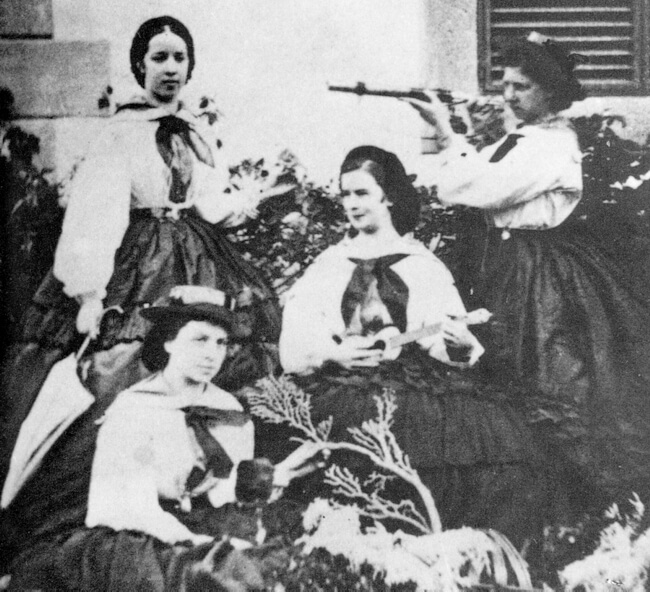
“The 'braguinha' - the dearest, most treasured, most debated and most interesting of Madeira's instruments. Light and lively in sound, its elegant designs have made it a desirable accessory, and in the 19th century it was a source of great joy to ladies, perhaps their confidant in happier moments, their comfort in more melancholy ones. Its home was amongst the pomp of parlours, warmed in the cosy laps of romantic young girls whose heartache and secrets it absorbed and transmitted through melodies strummed out on it by the spindly fingers of delicate hands… It is, even nowadays, in certain homes, an evocation, indelible nostalgia, the remnants of a dream…”
By Manuel Morais
The 19th-century Madeiran 'Machete' or 'Machetinho' ('little machete') - commonly known as the Braguinha - is a small musical instrument with a body in the shape of an eight, a long neck, and four or five single strings. This small hand chordophone (plucked string instrument) forms part of the large and diverse family of late fifteenth-century Portuguese hand guitars, of which it is the soprano. The earliest mention of the 'machete' (also known as the 'machinho') as a musical instrument, is to be found in Raphael Bluteau's 'Vocabulário', from 1716: “Machete. Small guitar” (“The machinho is also a small guitar”); “it comes from the Latin, macer, thin, slim”. On the Isle of Madeira, in the last quarter of the 19th century, the instrument is referred to as the 'Machete de Braga', coming to be known as simply the 'braguinha' by the end of that period.. read more...
Manuel Morais, Coordination
In November 1860, the famous Austrian empress, Elizabeth (1837-1898), known as 'Sissi', arrived at Funchal. She remained in the Island of Madeira for about five months - it is said for health reasons - and many years later, in 1893, returned. In a photograph of the time (Photograph - “Vicentes” Museum, Funchal) we can see the young empress and future queen of Hungary, holding a small machete as if playing, surrounded by three of her ladies in waiting. Read more

